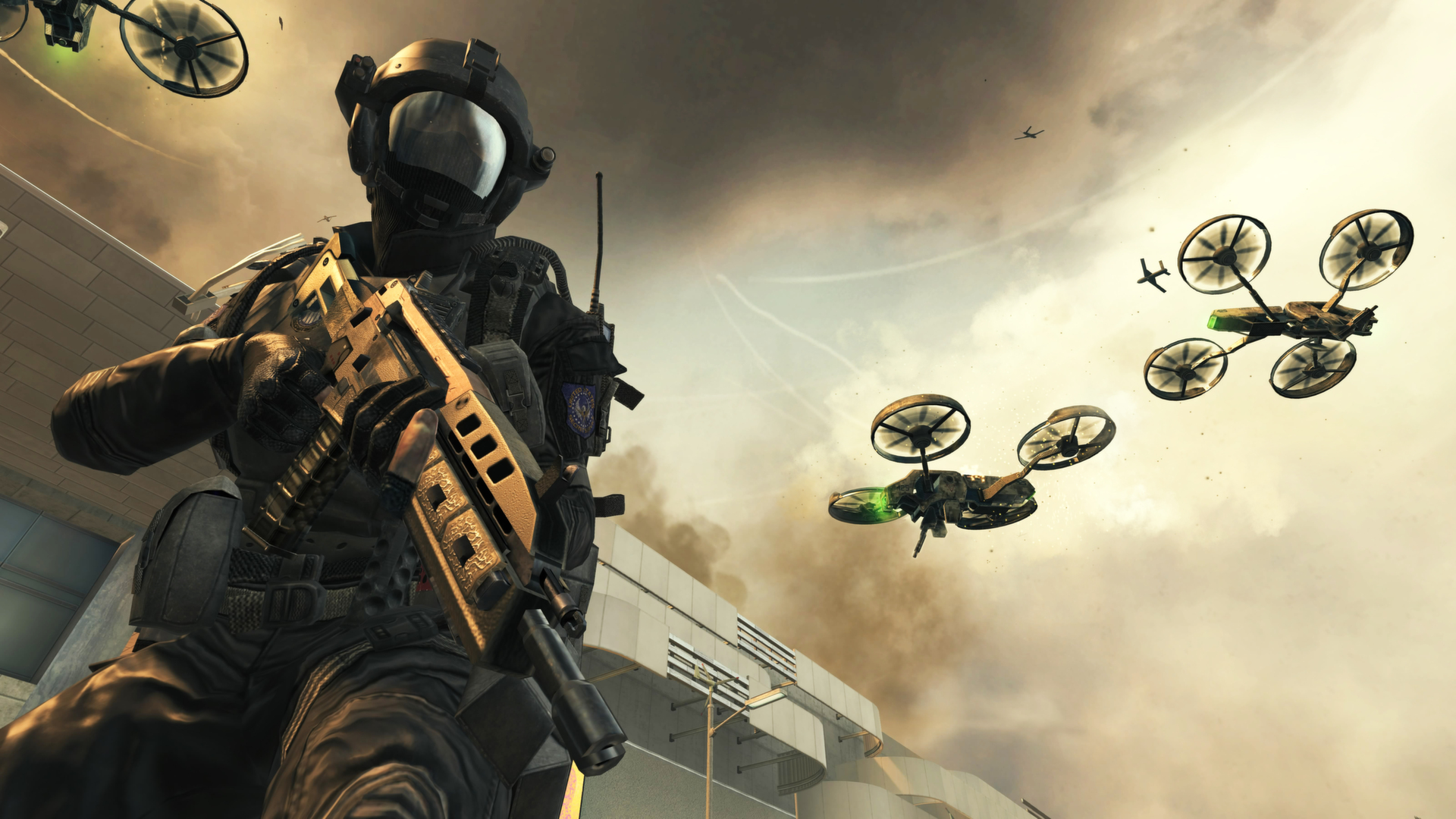The Pentagon Wants Drone ‘Swarms’ to Support Infantry

Credit to Author: David Axe| Date: Mon, 23 Oct 2017 12:00:00 +0000
In the near future, US Army and Marine Corps infantry squads could march into battle behind swarms of hundreds of flying and crawling drones.
At least, that’s the plan. On October 12, the Defense Advanced Research Projects Agency—the Pentagon’s fringe-science wing—asked robot-developers to submit ideas for tactics and technologies that could allow small infantry units to deploy swarms of 250 or more robots.
The swarms must function “in built-up areas up to eight city blocks in size over mission durations of up to six hours,” according to Dr. Timothy Chung, the program manager.
Chung’s Offensive Swarm-Enabled Tactics initiative—a.k.a, OFFSET—overlaps conceptually with a separate military effort to deploy large formations of small drones from fighter jets. OFFSET also dovetails with DARPA’s Squad-X program, which is trying to outfit infantry squads with better communications, sensors, and weapons.
The infantry’s semi-autonomous drone swarms could help detect enemy forces and guide artillery and air strikes in and around densely-packed, tall buildings, DARPA explained. “Urban canyons—with their high vertical structures, tight spaces and limited lines of sight—constrain military communications, mobility and tactics in the best of times.”
“Unmanned air vehicles and unmanned ground vehicles have long proven beneficial in such difficult urban environs,” the agency added. “But their value to ground troops could be vastly amplified if troops could control scores or even hundreds—’swarms’—of these robotic units at the same time.”
The major obstacle isn’t the drones themselves. Wheeled and tracked ground robots and quadcopters are “increasingly capable and affordable,” DARPA stated. But the US military lacks the technologies to manage drone swarms. The Marine Corps began issuing quadcopters to infantry squads in September, but the squads operate the quadcopters individually.
OFFSET aims to solve the swarm-control problem by pairing small drone-developers with big defense firms including Raytheon and Northrop Grumman. Researchers at Georgia Institute of Technology might have a head start. They recently discovered a method of deploying large numbers of quadcopters in the same airspace without them colliding.
The Navy and Air Force are also trying to solve the same problem—albeit at high altitudes, where there’s more space and fewer obstacles. Working under the auspices of the Pentagon’s secretive Strategic Capabilities Office, the branches have tested swarms of up to 103 Perdix drones. The soda-can-size Perdixes eject from high-flying fighter jets and communicate with each other to maintain formation.
Managing drone swarms closer to the ground—and in a city, no less—is more difficult. For OFFSET, DARPA wants to develop an “advanced human-swarm interface” that combines voice and touch commands with a menu of deployment options that should mimic the playbooks of soccer and basketball coaches.
Chung wants teams of developers to work in six-month stints. In the first six months, the developers would produce “a generation of swarm tactics for a mixed swarm of 50 air and ground robots to isolate an urban objective within an area of two square city blocks over a mission duration of 15 to 30 minutes.”
Future development periods will pursue increasingly more ambitious goals, until infantry squads can intuitively deploy at least 250 robots at a time for a wide range of missions.
“We’re interested in developing practical swarm systems in an agile way, so future operators will have the tools they need to outsmart and outperform urban adversaries,” Chung said.